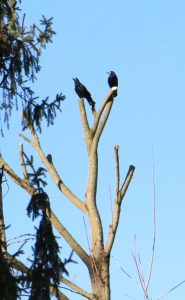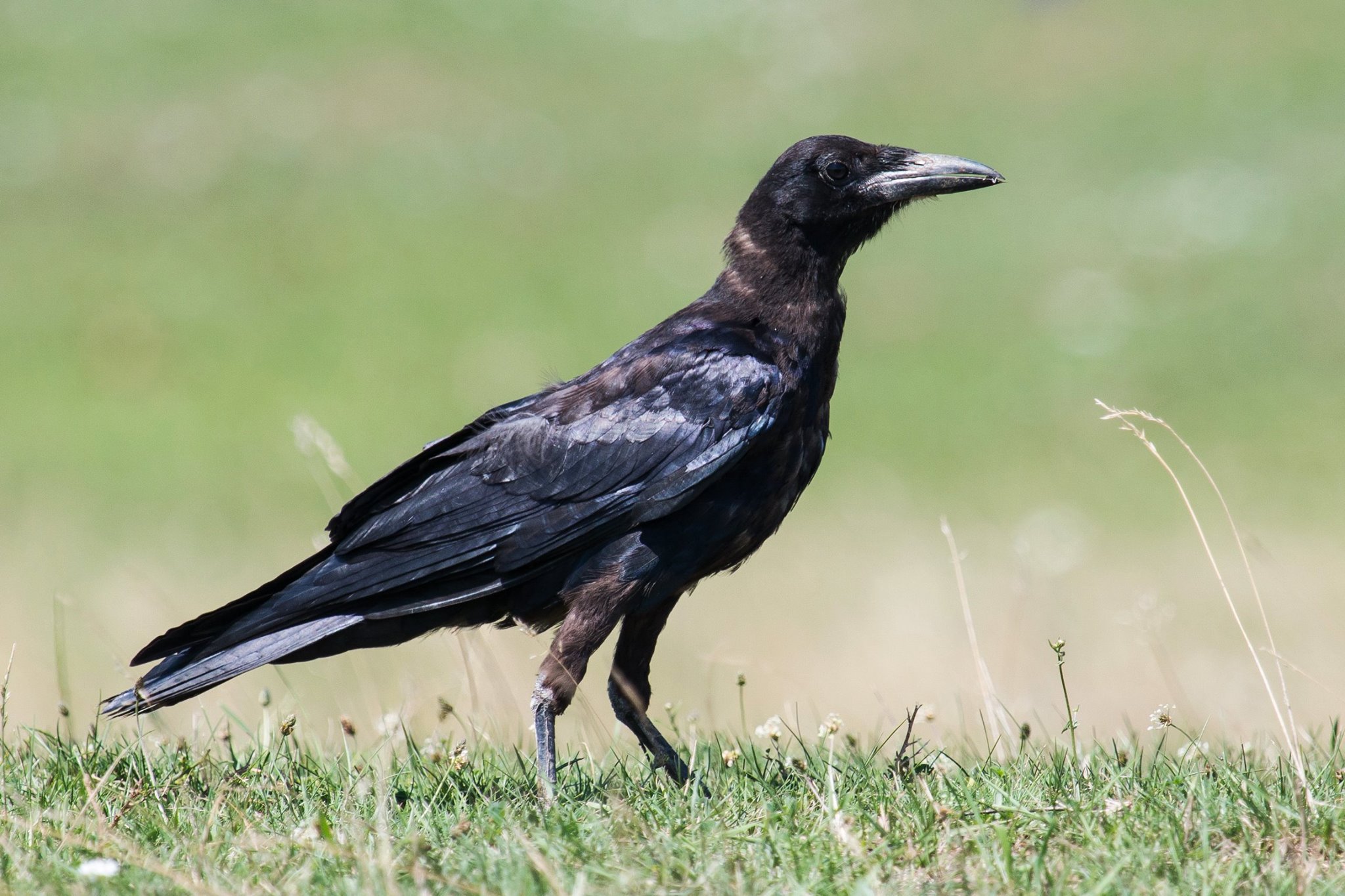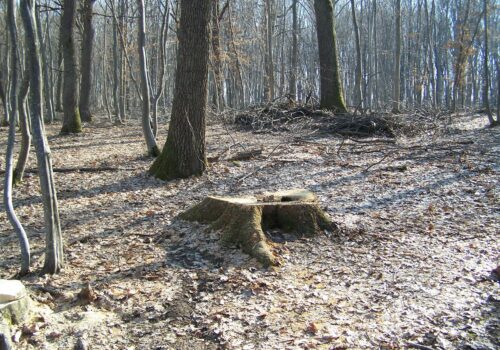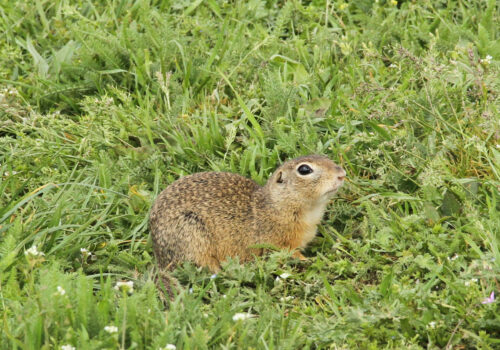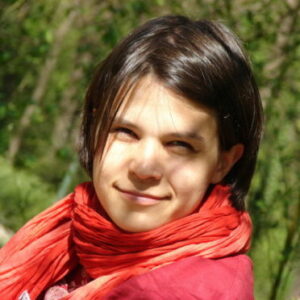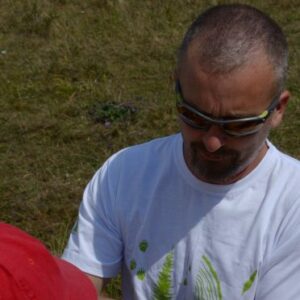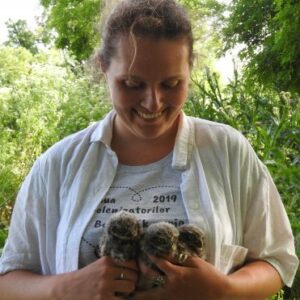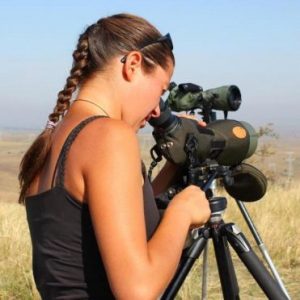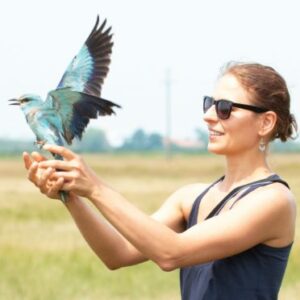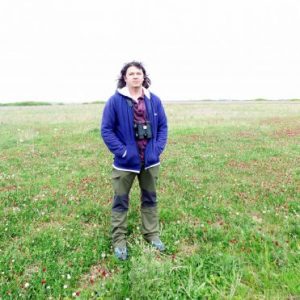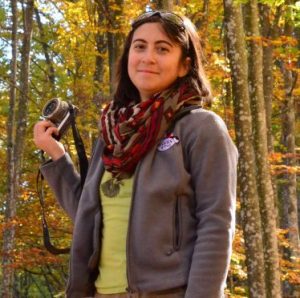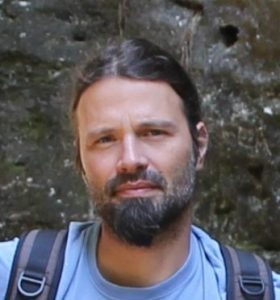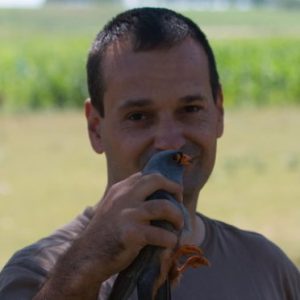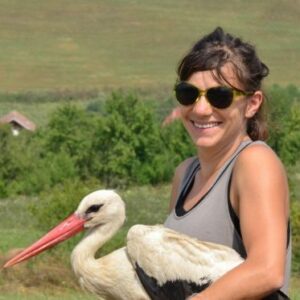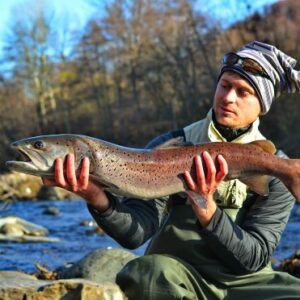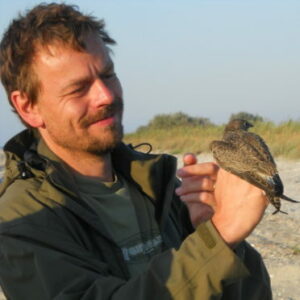We know and respect the opinion of those who are bothered by the rooks of Tîrgu Mureș, but we wish to notify the local authorities that destroying the rook nests during nesting period is an illegal activity, according to Law 49/2011.
“Milvus Group” Bird and Nature Protection Association proposed possible solutions to this conflict, but until now none of them had been accepted. On the contrary, between 15th and 18th of March 2016, employees of Tîrgu Mureș City Hall, under the pretext of canopy trimming, cut down the branches with rook nests on them in the rookeries of the city. We would like to remind you that among the rooks, Long-eared Owls (Asio otus) and Common Kestrels (Falco tinnunculus) are also breeding in the colonies, species which, by their diet, keep the city rodent-free as biological pesticides at no cost. “Milvus Group” Association has notified the National Environmental Guard and the National Environmental Protection Agency regarding this unlawful activity.
There are several causes for these colonies to move in the cities:
- A low number of nest sites are outside towns. Crows prefer alignments or tree stands (most often poplars) along the roadsides. In Romania, these alignments were planted in the fifty-seventies but the trees have grown old (poplars are trees with a short life span) and in many places they have been cut, and others have not been planted for over 20 years. As these alignments disappear, crows will move into cities;
- Uncovered garbage in the cities is a source of food for these birds.
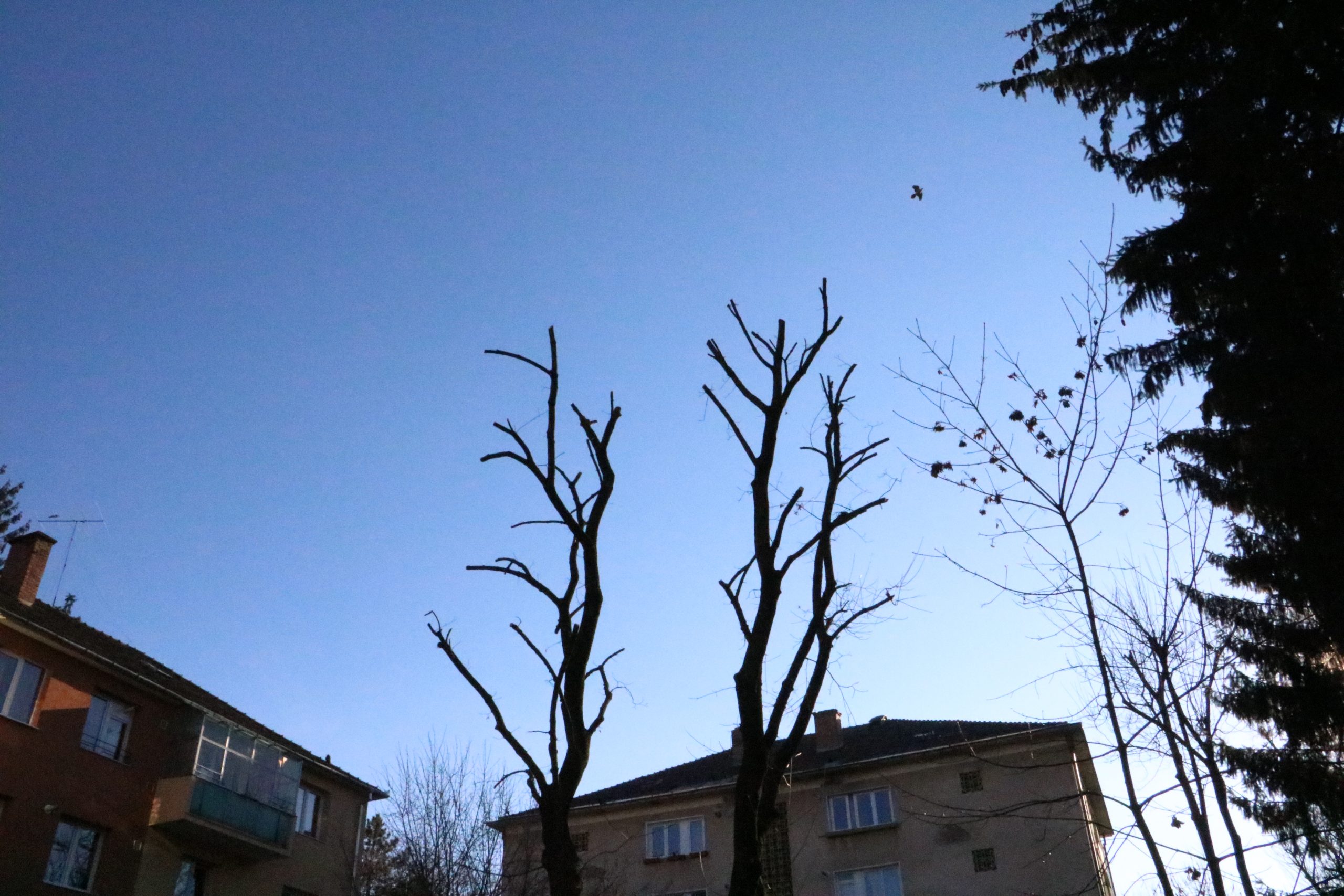

The Milvus Group proposals to resolve the situation:
- Identifying, locating nesting colonies in the city, most important identifying which are those creating a real mess;
- Identify colony on the outskirts of the city and even protect them to keep the birds there and not in the city. Ex: if we continue to bother the colony from the Mureș Island, there is a great chance that these pairs will move into the city, forming more than 10 smaller colonies in different parts of the city;
- Identification of locations near the town, potential nesting sites on a long-term and planting poplars and alignments;
- Finding solutions to determine the birds do not nest in areas where the population is significant inconvenience;
- Specialist opinion consultation in each case!
If these indications should have been taken into account years ago, when they were offered, then the problem in the city would have been partially solved!

